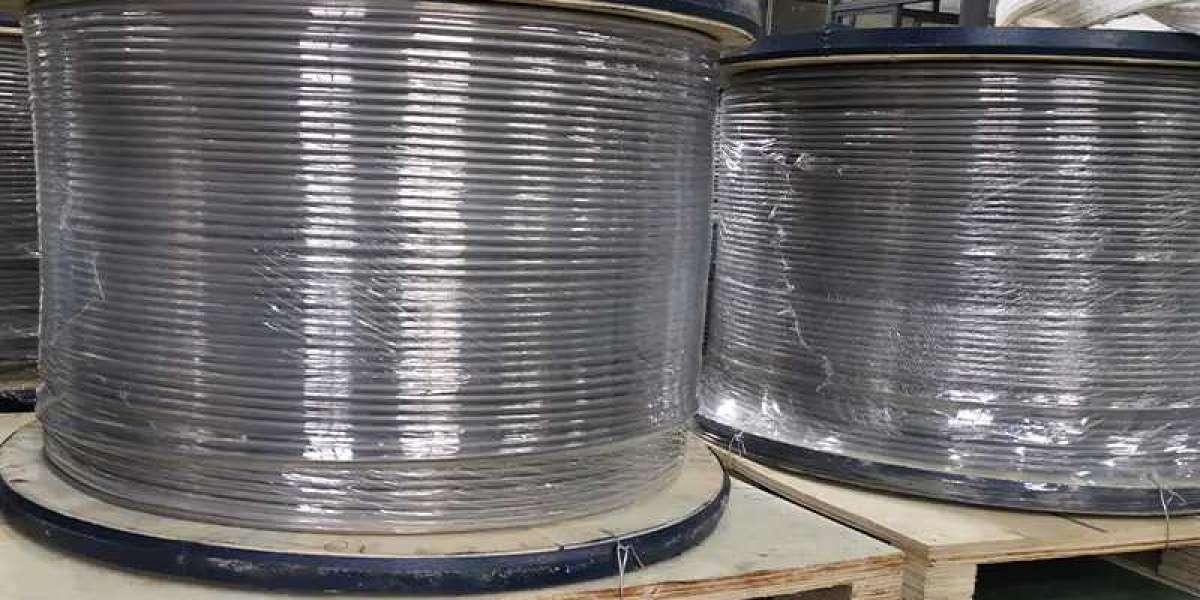Introduction to Door Lock Actuators
A door lock actuator is a critical component in modern vehicles' locking systems, responsible for controlling the movement of the door locks. These actuators enable the automatic locking and unlocking of doors, offering convenience and enhanced security. When you press the button on your car’s key fob, it’s the door lock actuator that responds to lock or unlock the doors.
Door lock actuators are often powered by an electric motor and use a combination of gears, springs, and levers to operate the locking mechanism. They are a key part of the power lock system in vehicles, eliminating the need for manual locking and unlocking, and enhancing the user experience.
Function of Door Lock Actuators
The primary function of a door lock actuator is to lock and unlock the doors by engaging or disengaging the door latch mechanism. Here's a breakdown of their functionality:
Locking Mechanism Control: Door lock actuators use electric power to move internal components that engage or disengage the door's locking mechanism. This ensures that when you lock your vehicle, the doors are securely fastened.
Central Locking Integration: Most modern vehicles are equipped with a central locking system, where all doors can be locked or unlocked simultaneously with a single press of a button. The actuator is an integral part of this system, receiving signals from the key fob or in-car control panel.
Convenience and Security: Actuators make it easy to secure your vehicle, especially in situations where manual locking is inconvenient. The automatic operation reduces the likelihood of human error and offers added security by ensuring that the doors lock properly.
How Door Lock Actuators Work
Door lock actuators operate using an electric motor, gears, and a series of mechanical components. Here’s a step-by-step overview of how they function:
Signal Reception: When a signal is sent from the key fob, central locking switch, or smart key system, the actuator receives the electrical impulse.
Motor Activation: The electrical signal activates a small electric motor within the actuator.
Movement of Gears and Levers: The electric motor turns a set of gears, which in turn move levers and other mechanical parts inside the actuator.
Locking or Unlocking Action: These movements engage or disengage the door latch, locking or unlocking the door accordingly.
Feedback to the System: Once the door is locked or unlocked, the actuator sends a feedback signal to the vehicle’s control system to confirm the action has been completed.
Types of Door Lock Actuators
There are various types of door lock actuators available, each designed for different vehicle applications:
Electric Door Lock Actuators
- These actuators are the most common and are powered by an electric motor.
- Electric door lock actuators provide fast, efficient performance and are widely used in vehicles with central locking systems.
Vacuum Door Lock Actuators
- Typically found in older vehicles, vacuum actuators use a vacuum-powered mechanism to lock and unlock doors.
- While they are less common in newer vehicles, vacuum actuators were used in many older luxury cars.
Solenoid Door Lock Actuators
- Solenoid actuators use an electromagnet to move a pin or bolt, which then locks or unlocks the door.
- These types are often used in less complex locking systems.
Motorized and Pneumatic Actuators
- Found in high-end vehicles, these actuators use motorized or pneumatic systems to ensure smooth and precise locking.
- They often integrate advanced features like keyless entry and remote locking/unlocking.
Common Problems with Door Lock Actuators
While door lock actuators are designed to be durable, they can experience issues over time. Common problems include:
- Failure to Lock or Unlock: If the actuator is damaged or the motor fails, it may not respond to locking or unlocking commands, causing one or more doors to remain locked or unlocked.
- Unusual Sounds: A malfunctioning actuator may make clicking, grinding, or whining noises, indicating that internal gears or motors are worn or damaged.
- Sticking or Slow Operation: If the actuator is sluggish or seems to get stuck when locking or unlocking, the mechanism may be obstructed, or there could be a power issue.
- Wiring Issues: Faulty wiring or poor electrical connections can prevent the actuator from receiving signals, causing it to fail.
Signs of a Failing Door Lock Actuator
Recognizing early signs of a failing door lock actuator can help prevent complete failure and allow for timely repairs. Symptoms include:
- Unresponsive Locking: If the actuator fails to respond to key fob commands or central locking system inputs, this may be a sign that the actuator is malfunctioning.
- Inconsistent Locking: If the door locks are intermittently working or only locking some doors, the actuator may be damaged.
- Noisy Actuator: If you hear unusual noises such as clicking or grinding when attempting to lock or unlock the door, this may indicate internal wear and tear.
Maintenance and Replacement of Door Lock Actuators
Like all car components, door lock actuators require occasional maintenance and replacement. Here are some tips to keep your actuators functioning properly:
- Regular Inspection: Inspect the actuator’s wiring and connections periodically to ensure they are intact and not corroded.
- Clean the Actuators: Dust and debris can accumulate in the actuator’s moving parts. Keeping the actuator clean can prolong its life and prevent malfunctions.
- Replace Worn-Out Actuators: If you notice inconsistent locking behavior, unusual noises, or a total lack of response, it’s time to replace the actuator.
When replacing a door lock actuator, it is important to choose the correct part for your vehicle’s make and model. Professional installation is recommended to ensure proper function and avoid damaging the lock mechanism.
Conclusion
Door lock actuators are vital components that enhance the convenience, security, and functionality of modern vehicles. By understanding how they work, recognizing common problems, and maintaining them properly, vehicle owners can ensure that their locking systems remain reliable. Regular checks and timely replacements can help maintain the smooth operation of your vehicle’s door locks, providing you with peace of mind and improved vehicle security.














